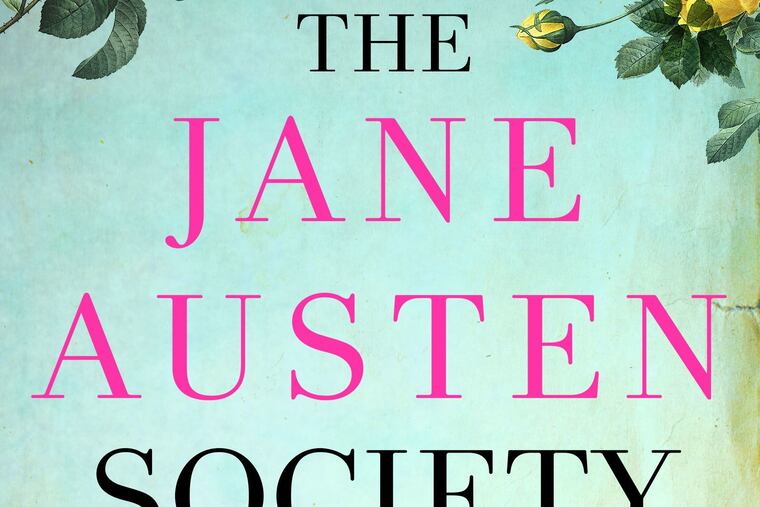‘The Jane Austen Society’ should delight hard-core Austen fans and newbies alike | Book review
Debut novelist Natalie Jenner uses the village of Chawton in Hampshire as the gathering point for her own battered and brokenhearted characters, the kind of people Austen wrote so well.

The Jane Austen Society
By Natalie Jenner
St. Martin's. 309 pp. $26.99
Reviewed by Bethanne Patrick
One of the most underrated aspects of Jane Austen’s writing lies in how that English spinster dealt with the damaged. We all know her exuberant characters, the Lizzie Bennets and Emma Woodhouses; her comic relief, the Sir John Middletons and the Augusta Eltons. But her true genius lies in her portrayals of the broken hearts and battered psyches of the Colonel Brandons and the Anne Elliots — those who require some coaxing to return to the society that Austen so brilliantly depicted.
In The Jane Austen Society, debut novelist Natalie Jenner uses the village of Chawton in Hampshire as the gathering point for her own battered and brokenhearted characters. Chawton House, the “Great House” as Jane Austen knew it, was occupied by her brother Edward Austen Knight; for the last eight years of Austen’s life, she inhabited a cottage just over 1,000 feet away. While Austen had famously lived in Bath, she moved to Chawton in 1809 with her mother and sister. All six of her novels were published after the move, although she had worked on three earlier.
The action begins in the late 1940s as England limps slowly out of World War II, and the residents of Chawton and its surroundings realize that both Austen’s cottage and family seat may soon be snatched up at auction by greedy developers with little interest in local literary landmarks. So several people, from a quiet farmer to a sad doctor to a young widow and even the last surviving Austen Knight relation, band together to raise money to save the house, along with a few important objects (among them, a turquoise and gold ring that American Idol winner Kelly Clarkson would later win at auction — before it was banned for export and subsequently bought back by Jane Austen’s House Museum).
The Jane Austen Society is no Jane Austen novel; its dialogue is not as crisp, its pace a bit flabby. But Jenner keeps things interesting by moving back and forth in time and place as different story lines progress, and by including a few characters Austen could never have anticipated, such as a Hollywood film star and a local teenager mad for Jane’s archives. Dedicated Janeites will find much to love in these people, who trade quotes from Sense and Sensibility and Persuasion the way some toss around lines from The Simpsons.
If you’ve never cracked the spine of Sense and Sensibility or Persuasion, you may still adore this sweet, old-fashioned story — but if you do know Austen’s work, you’ll appreciate it all the more. Anyone seeking an antidote to contemporary chaos will find a welcome respite among the members of a group whose outer lives may appear simple, but whose inner lives need the kind of balm Austen knew well.
Patrick is the editor of “The Books That Changed My Life: Reflections by 100 Authors, Actors, Musicians and Other Remarkable People.” She wrote this for the Washington Post.